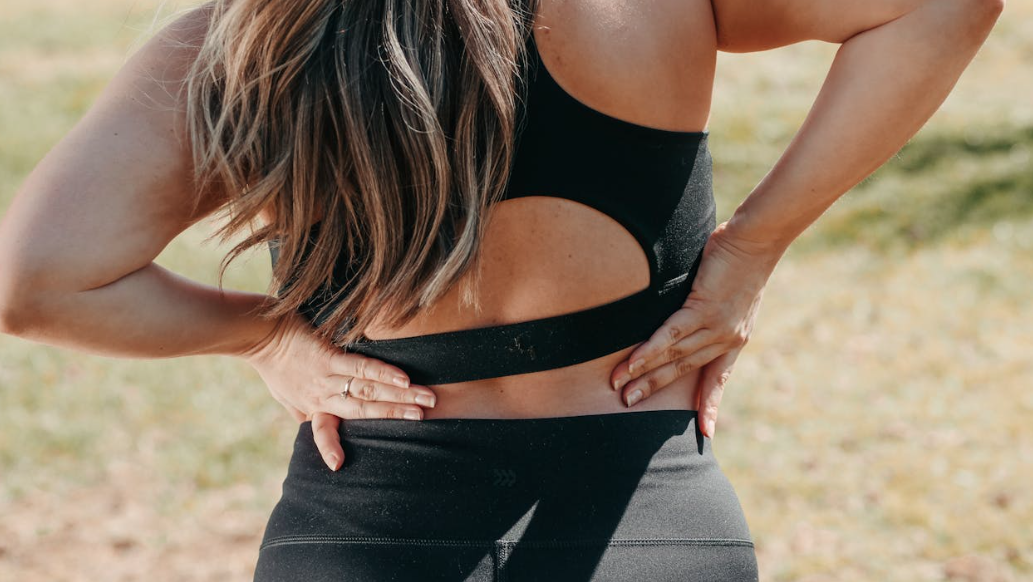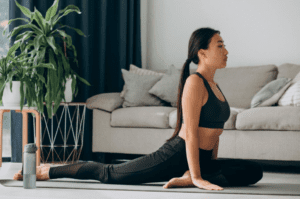

How to Relieve Lower Back Pain Fast in One Week : Full Guide
Lower back pain can strike at any time, leaving you feeling immobilized and in discomfort. Whether it’s due to poor posture, muscle strain, or other underlying issues, finding quick relief is often a top priority. While some cases might require long-term treatment, there are effective strategies you can use to alleviate lower back pain within a week. Here’s a practical guide to help you get back on your feet swiftly.
Day 1 : Rest and Assess
Rest and Gentle Movement
When lower back pain first hits, it’s important to rest and avoid activities that could worsen the pain. However, complete bed rest is not advisable. Instead, engage in gentle movements to keep your back muscles active and prevent stiffness.
Apply Cold Therapy
Use an ice pack on the affected area for 20 minutes every hour. Cold therapy helps reduce inflammation and numb the sore tissues, providing immediate relief.
Over-the-Counter Pain Relief
Consider taking over-the-counter pain medications like ibuprofen or acetaminophen to reduce pain and inflammation.
Day 2-3 : Begin Gentle Exercises and Heat Therapy
Gentle Stretching
Start incorporating gentle stretches to improve flexibility and reduce muscle tension. Focus on stretches that target the lower back, such as:
• Knee-to-Chest Stretch: Lie on your back with your knees bent and feet flat on the floor. Bring one knee up to your chest, hold for 20 seconds, then switch legs.
• Cat-Cow Stretch: On all fours, alternate between arching your back upwards (cat) and dipping it downwards (cow).
Heat Therapy
Switch from cold to heat therapy. Apply a heating pad or warm compress to the affected area for 20 minutes several times a day. Heat helps relax tight muscles and improve blood flow.
Day 4-5 : Strengthening and Continued Care
Strengthening Exercises
Incorporate strengthening exercises to support your lower back. Focus on your core muscles, which play a crucial role in maintaining back health. Examples include:
• Pelvic Tilts: Lie on your back with knees bent. Tighten your abdominal muscles and push your lower back into the floor. Hold for a few seconds and release.
• Bridges: Lie on your back with knees bent and feet flat on the floor. Lift your hips towards the ceiling, hold for a few seconds, and lower back down.
Maintain Good Posture
Be mindful of your posture throughout the day. When sitting, ensure your back is straight and supported. Avoid slouching, and consider using a lumbar roll or cushion for added support.
Day 6 : Engage in Low-Impact Activities
Walking
Walking is a low-impact exercise that can help alleviate lower back pain. Start with short walks and gradually increase the distance. Walking helps keep your muscles active and promotes blood circulation.
Swimming or Water Therapy
If possible, go for a swim or engage in water therapy. The buoyancy of water reduces stress on the spine while providing resistance to strengthen muscles.
Day 7 : Holistic Approaches and Lifestyle Adjustments
Mind-Body Techniques
Incorporate mind-body techniques like yoga or meditation. These practices can help reduce stress, which often exacerbates pain, and improve overall well-being.
Adjust Your Sleeping Position
Evaluate your sleeping position and mattress. Sleeping on your side with a pillow between your knees can help maintain proper spinal alignment. Ensure your mattress is supportive and not too soft or firm.
Stay Hydrated and Eat Well
Hydration and a balanced diet play a role in overall health, including back health. Ensure you’re drinking enough water and consuming a diet rich in anti-inflammatory foods like fruits, vegetables, and lean proteins.
Final Thoughts
While these strategies can provide fast relief for lower back pain, it’s important to listen to your body and avoid overexertion. If your pain persists beyond a week or is accompanied by other symptoms like numbness or tingling, consult a healthcare professional for a thorough evaluation and tailored treatment plan.








